Contact Details

Walter USA LLC has announced a series of new insert geometries for turning that bring higher levels of productivity to a range of difficult applications. These include: the Walter NMS and NRS geometries for high temperature alloys such as Inconel 718 and Waspaloy, commonly used in the aerospace industry; NFT geometry for titanium alloys; and the NRR and RP5 to boost the productivity of difficult steel and iron roughing operations.
The NMS geometry is designed for semi-finishing and medium machining high temperature alloys, but can also be used on ISO M materials, such as type 304/316 austenitic stainless steels. NRS geometry is suitable for roughing high temperature alloys and for the machining of forged and cast surfaces. Thanks to their advanced coatings (either WSM10 or WSM20) and unique cutting edge geometry, they resist the formation of notches and cutting edge build-up, the main sign of wear when machining high temperature alloys. They also generate less heat, resulting in tool life increases of up to 150 percent.
Walter's new NFT geometry, designed for finishing titanium alloys, is highly resistant to the crater wear that is common in titanium machining, and it features a fully ground periphery for high accuracy. Typical applications include finishing aerospace engine components such as rings and fittings.
The NRR geometry is ideally suited for heavy roughing of forged materials, with high feed rates and cut depths of up to 0.700" (18mm). It easily handles variable material removal and "first pass" machining. Typical applications include the machining of generator shafts and marine engine crankshafts.
The RP5 geometry features a stable, positive 3°Chamfer for roughing with low power requirements. Its open groove design produces low cutting temperature and reduces wear in comparison to other geometries. It also has a wider chamfer in the range of the cut depth to prevent notching in the machining of forging and casting skins.
Related Glossary Terms
- alloys
alloys
Substances having metallic properties and being composed of two or more chemical elements of which at least one is a metal.
- feed
feed
Rate of change of position of the tool as a whole, relative to the workpiece while cutting.
- stainless steels
stainless steels
Stainless steels possess high strength, heat resistance, excellent workability and erosion resistance. Four general classes have been developed to cover a range of mechanical and physical properties for particular applications. The four classes are: the austenitic types of the chromium-nickel-manganese 200 series and the chromium-nickel 300 series; the martensitic types of the chromium, hardenable 400 series; the chromium, nonhardenable 400-series ferritic types; and the precipitation-hardening type of chromium-nickel alloys with additional elements that are hardenable by solution treating and aging.
- turning
turning
Workpiece is held in a chuck, mounted on a face plate or secured between centers and rotated while a cutting tool, normally a single-point tool, is fed into it along its periphery or across its end or face. Takes the form of straight turning (cutting along the periphery of the workpiece); taper turning (creating a taper); step turning (turning different-size diameters on the same work); chamfering (beveling an edge or shoulder); facing (cutting on an end); turning threads (usually external but can be internal); roughing (high-volume metal removal); and finishing (final light cuts). Performed on lathes, turning centers, chucking machines, automatic screw machines and similar machines.

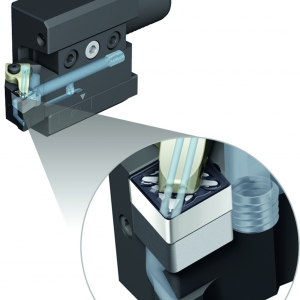
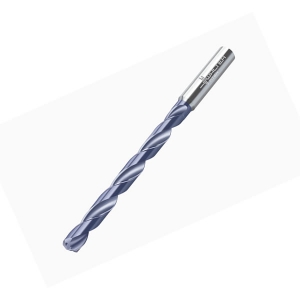
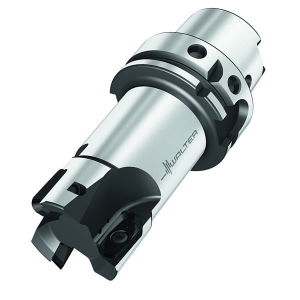
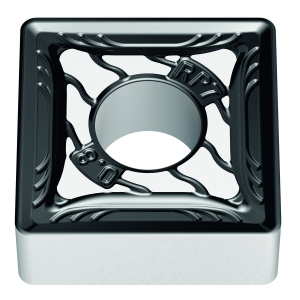

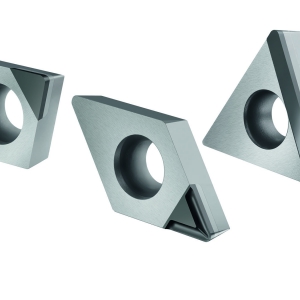
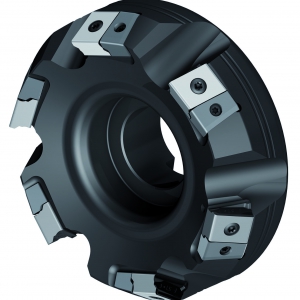
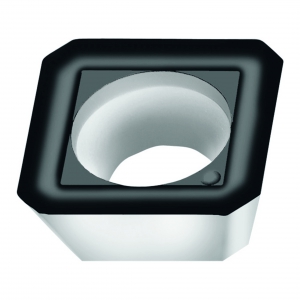

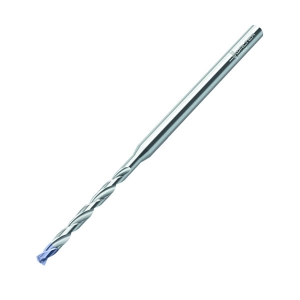
 PRODUCTS
PRODUCTS

